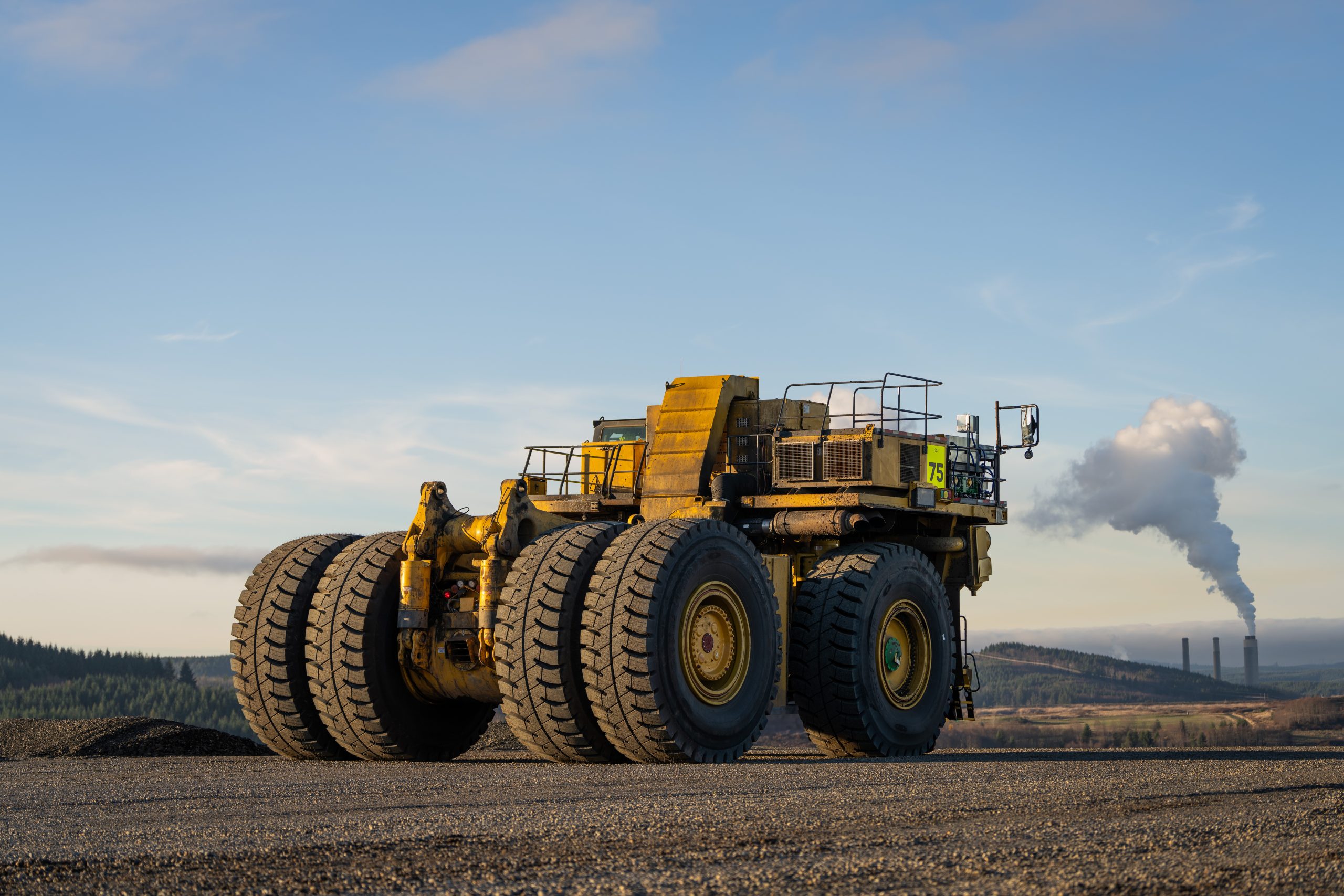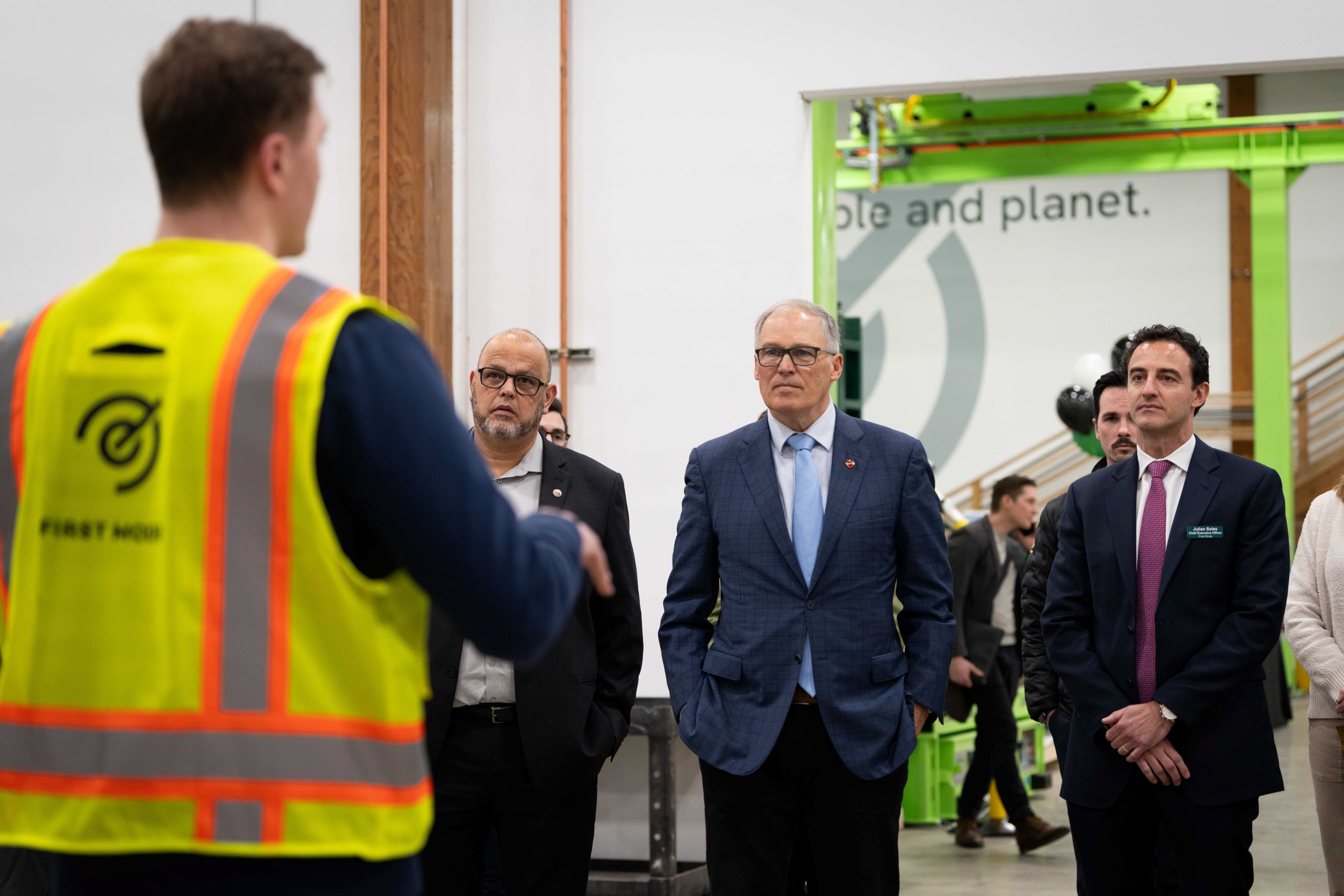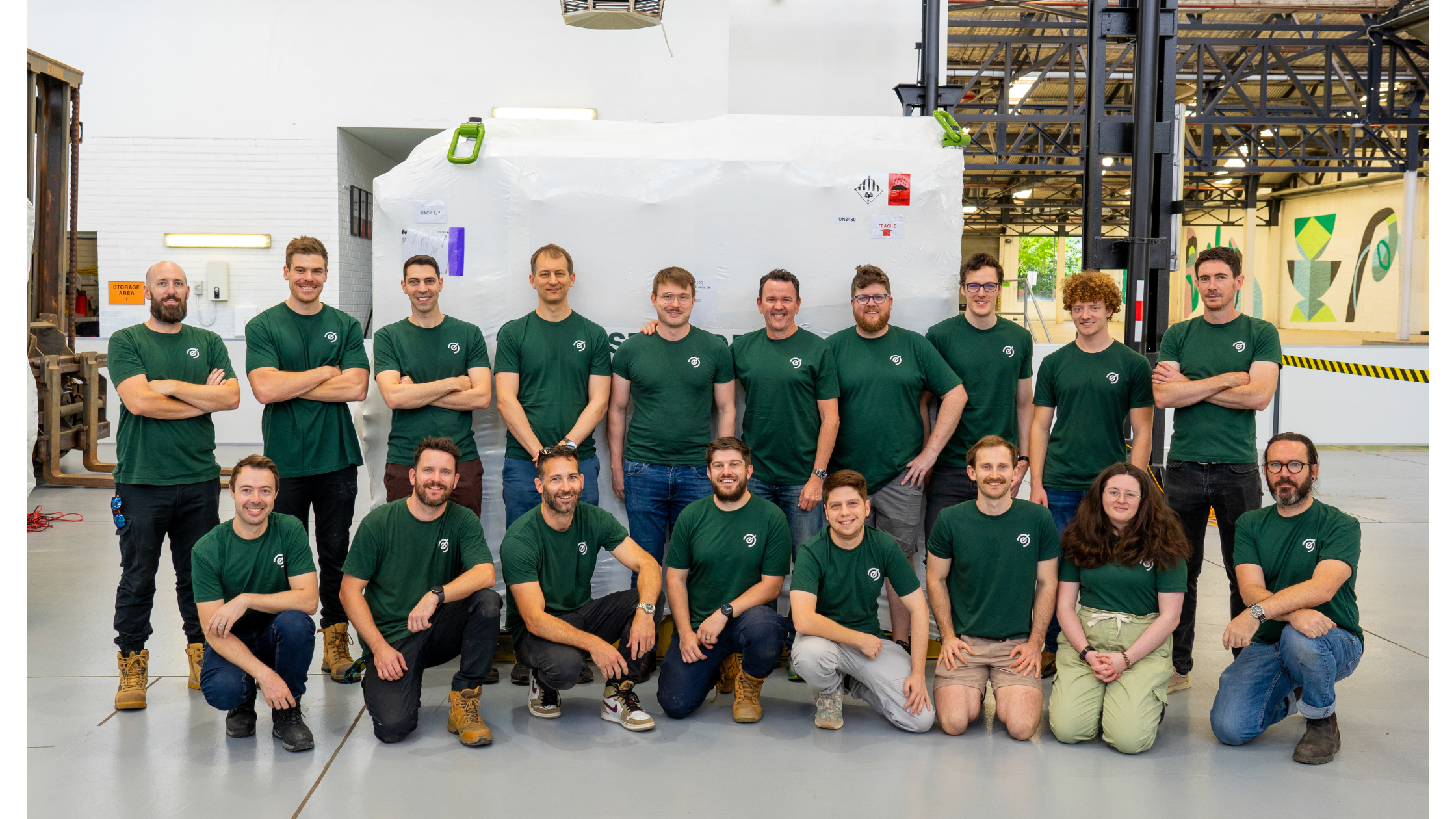International Mining editorial director Paul Moore recently spent time with First Mode’s Chris Voorhees to learn about our work on building a zero-emission power module for Anglo American. This work will result in the conversion of a 291-ton diesel haul truck into one of the largest fuel cell electric vehicles (FCEVs) on Earth.
Article excerpt:
Ahead of the hotly anticipated and imminent first movement of Anglo American’s fuel cell electric vehicle (FCEV) mining truck in South Africa, IM Editorial Director Paul Moore spoke in-depth to Chris Voorhees, the President and Founder of the main technology partner on the project, Seattle, Washington-based First Mode.
Was this First Mode’s first foray into a mining technology related project and where did you start?
CV: Actually it’s not our first involvement in mining but it does represent one of our first introductions in mobile platform utilisation in mining. We had been involved in other elements of mine operations such as mine efficiency & sustainability plus water management but this was the first to connect with the clean power and energy experience in our team. We started by studying the mining fleet diesel dependence problem, looking across the options, the state of the art and where things were headed, working with Anglo American to develop a strategy that made sense for their overall objectives of getting several of their minesites to net zero over the next decade. The key element of that problem was at the truck itself in the replacement of the diesel engine and getting both enough power and enough onboard energy storage to make a swap viable. There are other interesting parts of the problem such in relation to fleet management and fuelling that had to be worked through but we started with the vehicle. …
Did the scale of the base machine, the 291 t payload Komatsu 930E, create some unique challenges, such as the eight or more hour shifts it will be expected to work in normal mine operations?
CV: You hit the nail on the head – from an FCEV perspective it is not the low hanging fruit! It has many problems to address. First off the vehicle we are working with was designed specifically with the internal combustion engine at its heart, so there are a lot of linked auxiliary systems that also depend on that. So if you replace the engine you have to manage what we call the scar – all the associated ramifications of that big change. But at its core you are trying to solve both a 2MW+ power and multiple MWh energy storage problem onboard a platform that is operating in a relatively dirty, dynamic and often very hot mining environment. We are also stuck with a fixed volume or space to work with, plus a fixed configuration. You want to make the necessary changes without too much of a ripple effect on the rest of the system. When you extrapolate the problem to a fleet level, you are trying to keep fleet management from being perturbed in a way that is disruptive to mine operations. The onboard energy storage needs to be sufficient to avoid having a level of downtime for refuelling or recharging that makes the whole exercise logistically and economically prohibitive.
Want to work with us? We’re hiring! First Mode draws on the exceptional talent and creativity of its multidisciplinary team to solve the toughest problems on and off the planet. Check out our open positions in Seattle and Perth.




